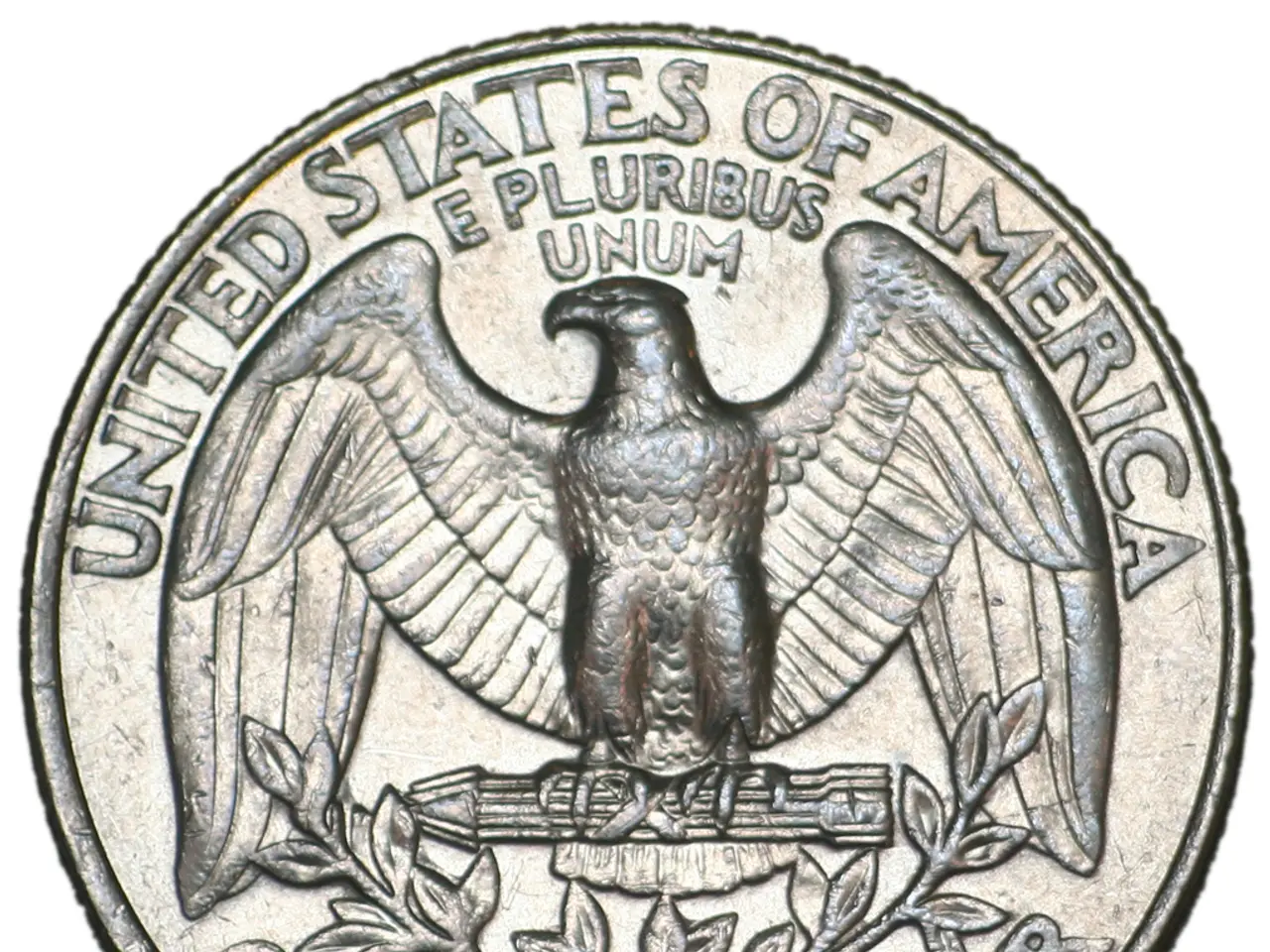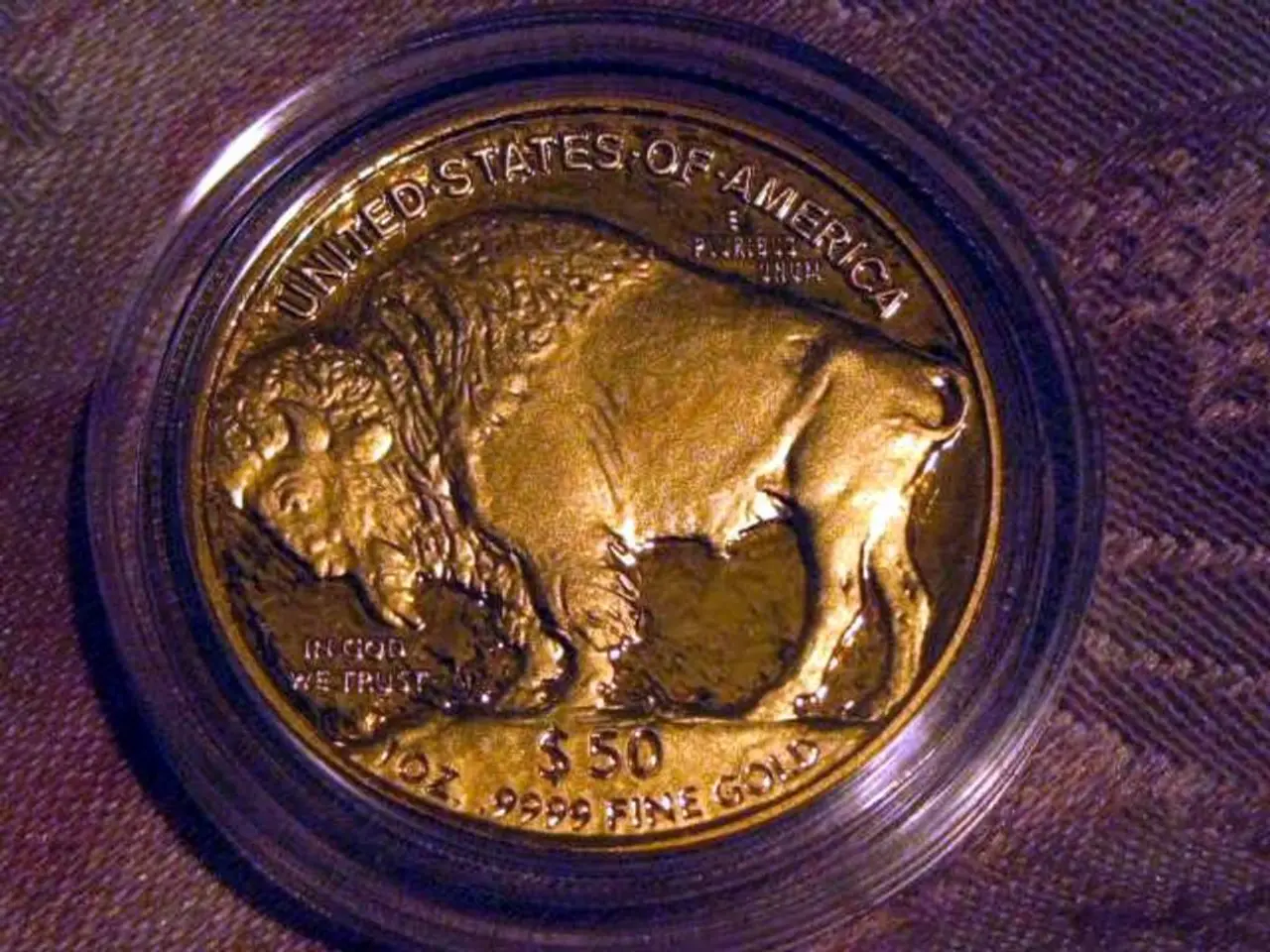United States tariffs may cost Poland around $2 billion, as per the Prime Minister's statement
New U.S. Tariffs on European Products: Mixed Impacts for Central European Countries
The recent U.S. tariffs on European products, set at a 15% rate instead of the originally threatened 27.5%, are likely to have mixed economic impacts on Central European countries like Poland.
The tariff deal, aimed at averting a bigger trade war between the two allies, reduces the potential severity of trade costs on European exports but still imposes significant import duties on goods such as automobiles, car parts, and semiconductors entering the U.S. market.
Key potential economic impacts on Poland and similar Central European countries include:
- Export Competitiveness Challenges: Poland’s export-driven industries tied to automobiles, machinery, and electronics could face increased costs and reduced competitiveness in the U.S. market due to the 15% tariffs. This could lead to lower demand and reduced export revenue from the U.S.
- Price Increases and Consumer Impact: The tariffs contribute to a general increase in prices for imported goods in the U.S., potentially lowering demand for imports from Europe. Estimates suggest an overall price increase of about 1.5-1.8% linked to tariff effects globally in 2025, which indirectly affects exporting countries like Poland.
- Investment and Production Shifts: To mitigate tariffs, some companies may relocate or increase production in the U.S., reducing demand for Polish-made components or automobiles. For example, some European automakers have shifted production lines to the U.S. or adjusted supply chains to avoid tariffs.
- EU Response and Trade Dynamics: The European Union has committed to investing heavily in the U.S. and removing tariffs on U.S. industrial goods entering Europe, which could partially offset negative impacts for EU members including Poland by promoting reciprocal trade.
While the tariff level was lowered from the initial threat, Poland and Central European economies heavily integrated into European automotive and industrial supply chains may still face moderate negative impacts through increased export costs, potential shifts in production, and reduced U.S. market demand. However, the EU-U.S. trade deal’s broader provisions and investments might help cushion some of these effects.
Poland does not export many products directly to the United States, but expects to suffer knock-on effects as Polish companies are often subcontractors. The new 15% baseline tariff on U.S. imports includes cars, a mainstay of central European exports.
The U.S. struck a framework trade agreement with the European Union on Sunday, imposing a 15% import tariff on most EU goods. The tariff rate imposed by the U.S. is around half the threatened rate. Polish Prime Minister Donald Tusk stated that the losses will be significant on both sides of the Atlantic.
Other Central European countries, besides Poland, anticipate negative effects from the new tariffs. The Czech Republic expects to be affected by the new tariffs on U.S. imports, with the tariffs on U.S. imports decreasing Czech economic growth by an additional 0.39 percentage points in 2026, as per the Czech finance ministry. The tariffs on U.S. imports will slow Czech economic growth by 0.2 percentage points for the remainder of the year.
These new tariffs are a significant increase from the previous 2.5%, and their impact is expected to be felt across the affected economies for the foreseeable future. However, the EU and U.S. continue to work towards finding a long-term solution to trade tensions, with the hope of minimising the negative impacts on both sides.
- The tariffs on European products, including automobiles and car parts, could negatively impact Poland's finance sector, as the increased costs may decrease export revenue for its export-driven industries.
- The new U.S. tariffs on European products, such as the 15%import rate on automobiles, could potentially lead to price increases in general-news industries, affecting consumers in both Europe and Central European countries like Poland.
- The tariff deal between the U.S. and the EU could have potential implications for the politics of Central European countries, as they navigate the challenges of tariffs on their exports to the U.S., including industries like finance, business, and politics.



